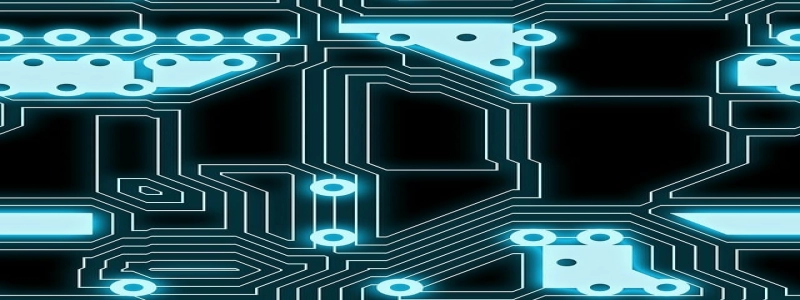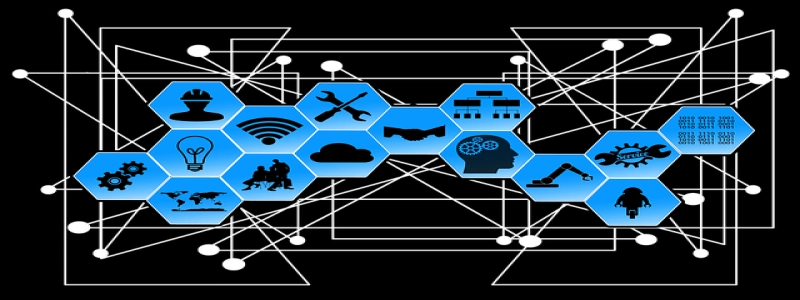Copper Ethernet Cable
Introduction
1.1 What is copper Ethernet cable?
1.2 Importance of copper Ethernet cable in networking
Types of Copper Ethernet Cables
2.1 Unshielded Twisted Pair (UTP) cable
2.1.1 Category 5e UTP cable
2.1.2 Category 6 UTP cable
2.1.3 Category 6a UTP cable
2.2 Shielded Twisted Pair (STP) cable
2.2.1 Category 7 STP cable
2.2.2 Category 8 STP cable
Benefits of Copper Ethernet Cables
3.1 Cost-effective solution
3.2 Versatility and compatibility
3.3 Reliability and durability
3.4 High bandwidth capabilities
Applications of Copper Ethernet Cables
4.1 Local Area Networks (LANs)
4.2 Wide Area Networks (WANs)
4.3 Data centers and server rooms
4.4 Home networks
Installation and Maintenance of Copper Ethernet Cables
5.1 Proper cable installation techniques
5.2 Cable testing and troubleshooting
5.3 Regular maintenance for optimal performance
Conclusion
Introduction:
1.1 What is copper Ethernet cable?
Copper Ethernet cable is a type of cable used in networking to transmit data signals between devices. It is widely used in various applications, ranging from small home networks to large data centers. The cable is made of copper wires bundled together, providing a reliable and efficient means of communication.
1.2 Importance of copper Ethernet cable in networking
Copper Ethernet cables play a crucial role in networking as they enable the transfer of data packets between devices. They are vital for establishing connections within computer networks, ensuring seamless data transmission and communication. Without copper Ethernet cables, networking infrastructure would be incomplete, hindering the functioning of various systems and devices.
Types of Copper Ethernet Cables:
2.1 Unshielded Twisted Pair (UTP) cable
Unshielded Twisted Pair (UTP) cable is the most common type of copper Ethernet cable used today. It consists of several pairs of twisted copper wires, which help reduce electromagnetic interference (EMI) and crosstalk. UTP cables are available in various categories, including Cat 5e, Cat 6, and Cat 6a, each with different performance levels and data transmission capabilities.
2.1.1 Category 5e UTP cable
Category 5e UTP cable is the standard choice for most Ethernet installations. It supports data rates of up to 1 Gigabit per second (Gbps) and is suitable for most residential and small business networks.
2.1.2 Category 6 UTP cable
Category 6 UTP cable offers improved performance over Cat 5e, supporting data rates of up to 10 Gbps over short distances. It is commonly used in larger business networks and data centers.
2.1.3 Category 6a UTP cable
Category 6a UTP cable is an enhanced version of Cat 6, capable of supporting data rates of up to 10 Gbps over longer distances. It provides superior performance and is often used in high-speed Ethernet applications.
2.2 Shielded Twisted Pair (STP) cable
Shielded Twisted Pair (STP) cable is similar to UTP cable but includes additional shielding to further minimize electromagnetic interference. This shielding provides improved protection against external noise sources, making STP cables more suitable for environments with higher EMI.
2.2.1 Category 7 STP cable
Category 7 STP cable is designed for high-performance Ethernet applications and can support data rates of up to 10 Gbps over 100 meters. It offers superior noise resistance and crosstalk reduction, making it ideal for critical networking installations.
2.2.2 Category 8 STP cable
Category 8 STP cable is the latest addition to copper Ethernet cables, capable of supporting data rates of up to 40 Gbps over 30 meters. It is specifically designed for data centers and other high-performance applications that require extremely fast and reliable connections.
Benefits of Copper Ethernet Cables:
3.1 Cost-effective solution
Copper Ethernet cables are cost-effective compared to other networking solutions. They are readily available and affordable, making them a popular choice for both small-scale and large-scale networking installations. Additionally, the compatibility of copper cables with existing network infrastructure reduces the need for expensive upgrades.
3.2 Versatility and compatibility
Copper Ethernet cables are highly versatile and compatible with a wide range of devices. They can be used in both residential and commercial settings, supporting various networking applications such as internet access, file sharing, and video streaming. Furthermore, copper cables can connect different devices, including computers, routers, and switches, ensuring seamless connectivity within a network.
3.3 Reliability and durability
Copper Ethernet cables are known for their reliability and durability. They are designed to withstand the rigors of daily use and provide reliable data transmission even in challenging environments. Copper cables are resistant to interference and physical damage, ensuring uninterrupted connectivity and reduced network downtime.
3.4 High bandwidth capabilities
Copper Ethernet cables offer high bandwidth capabilities, allowing for fast and efficient data transmission. The different categories of copper cables support varying data rates, from 1 Gbps to 40 Gbps, catering to the bandwidth requirements of different applications. This high bandwidth capacity makes copper cables suitable for demanding networking tasks, such as video conferencing and data-intensive applications.
Applications of Copper Ethernet Cables:
4.1 Local Area Networks (LANs)
Copper Ethernet cables are extensively used in LANs, connecting computers, servers, and other devices within a specified area. They provide reliable and fast data transmission, enabling seamless communication and data sharing among network users.
4.2 Wide Area Networks (WANs)
Copper Ethernet cables are also utilized in WANs, connecting geographically dispersed locations over long distances. They form the backbone of WAN infrastructure, securing efficient and secure communication between different branches of an organization or between different organizations.
4.3 Data centers and server rooms
Copper Ethernet cables are vital in data centers and server rooms, where large amounts of data need to be transmitted quickly and reliably. They connect servers, storage devices, and networking equipment, ensuring high-speed data transfer and uninterrupted service.
4.4 Home networks
In modern homes, copper Ethernet cables are commonly used for creating home networks. They provide a stable and fast internet connection, enabling households to connect multiple devices and access online services simultaneously.
Installation and Maintenance of Copper Ethernet Cables:
5.1 Proper cable installation techniques
To ensure optimal performance, proper cable installation techniques should be followed when setting up copper Ethernet cables. This includes using appropriate cable management systems, avoiding sharp bends or twists, and maintaining the recommended cable length limits.
5.2 Cable testing and troubleshooting
Periodic cable testing should be conducted to identify any issues or faults in the copper Ethernet cables. Testing tools, such as cable testers and network analyzers, can help identify cable faults, signal degradation, or connection problems. Any issues found should be promptly addressed to maintain a reliable network infrastructure.
5.3 Regular maintenance for optimal performance
Regular maintenance is essential for maintaining the optimal performance of copper Ethernet cables. This includes inspecting cables for physical damage, ensuring proper cable connections, and keeping cables clean and free from dust or debris. Additionally, firmware and software updates for networking devices should be applied to ensure compatibility and security.
Conclusion:
Copper Ethernet cables are a vital component of modern networking infrastructure. Their versatility, reliability, and cost-effectiveness make them a preferred choice for a wide range of applications. Whether it’s establishing connections in homes, offices, or large data centers, copper Ethernet cables play a crucial role in enabling efficient and fast data transmission. By understanding the different types and benefits of copper Ethernet cables, one can make informed decisions when it comes to building robust and reliable networking systems.








